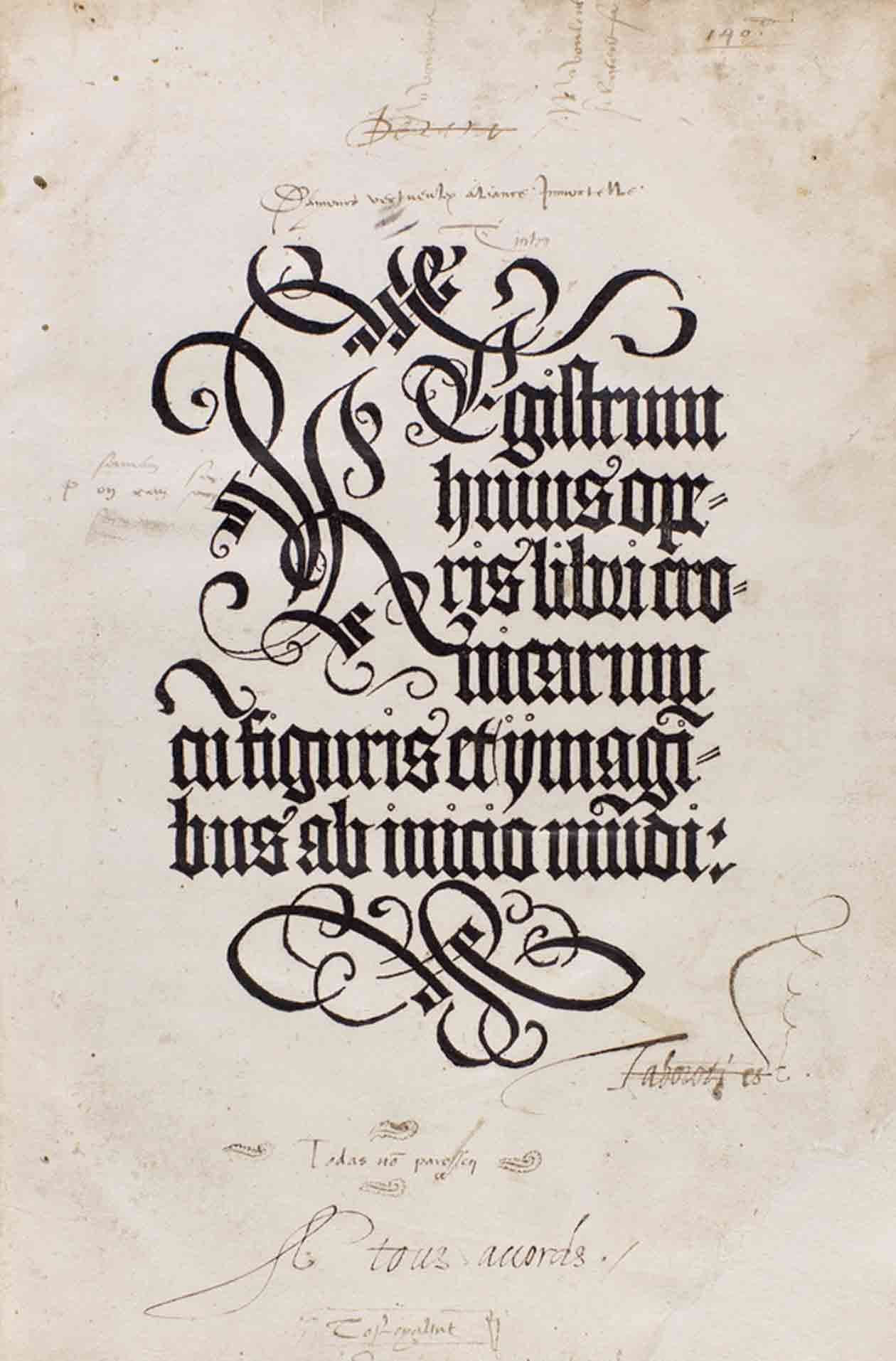Never Before Has Your Like Been Printed: The Nuremberg Chronicle of 1493
On exhibit August - December, 2014
Read press release

The Vassar College Library exhibition “Never Before Has Your Like Been Printed”: the Nuremberg Chronicle of 1493 focuses on the history of the most heavily illustrated book of the fifteenth century. The title is derived from a prospectus that advertised the book to potential buyers. The exhibition marks the 500th anniversary of the death of Hartmann Schedel (1440-1514), an important member of the humanist circle in Nuremberg, and the author/compiler of the Nuremberg Chronicle. It should also be noted that last year marked another important moment: the 500 th anniversary of the death of Anton Koberger (ca. 1445-1513), who operated one of the largest printing establishments in all of Europe, and served as the printer of the Nuremberg Chronicle. The library exhibition therefore is timely, but there is another reason why it is being presented now: it connects with, and complements, the current exhibition in the Frances Lehman Loeb Art Center (FLLAC) at Vassar, titled "An Imperial City: Prints and Drawings from Renaissance Augsburg, 1475-1540.” The FLLAC exhibition comes from the National Gallery of Art in Washington, D.C. and highlights the accomplishments of artists working in the city about 90 miles south of Nuremberg. Together, the two shows provide a remarkable opportunity for visitors to consider broadly the world of art and printing in Renaissance Germany.
The Vassar Library was able to conceive and mount an exhibition on the Nuremberg Chronicle because its collections support such a project. The rare book collection holds three copies of the text. The first is a copy of the Latin edition of 1493, known as the Liber Chronicarum; Vassar received its copy of the book from Mary Hill Randolph, ’45-4. The second copy of the text is an example of the German edition, titled Das Buch der Chroniken, and published the same year as the Latin; it was given to the library by Margaret Y. Whitlock, ’26. The third copy held by Vassar is an example of one of the so-called “Augsburg pirated editions,” printed by Johann Schönsperger in 1497 (he printed other editions in 1496 and 1500). The library’s Zuccaro Book Fund recently supported this purchase. Apart from the books, Vassar is also fortunate to hold 8 leaves of the book, one from the Nuremberg Latin edition, and the remainder from the Nuremberg German edition. There are also two leaf books in the collection, one from 1930 and the other from 1949, which include original leaves of Nuremberg and Augsburg Chronicles. In addition to the Nuremberg Chronicle holdings, the Vassar Library also houses related materials, such as other books printed by Koberger, books that were influenced by the Chronicle, and a variety of scholarly works about it that have appeared in recent decades.
’Never Before Has Your Like Been Printed’ offers visitors an introduction to the impressive accomplishment that was the Nuremberg Chronicle, with a focus on its printing. It begins by locating Nuremberg and showing a contemporary view of the city and a map of the neighborhood where several participants in this project lived. It then introduces some of the main figures in this production: Schedel, Koberger, and the artists, Michael Wolgemut and Wilhelm Pleydenwurff. The heart of the exhibition of course is a presentation of the Chronicle itself; all of our leaves are on display, as are the 1493 Latin edition and the 1497 Augsburg editions. The Latin edition of the Nuremberg Chronicle will also be on display in another exhibition case in the Archives & Special Collections Library. The influence of the Chronicle is shown through a display of 16 th century books (one in facsimile), and the exhibition concludes with several works of scholarship on the Chronicle, including a recent English translation of the Latin edition. Visitors to the exhibition and others will also be interested in the three faculty essays written for this occasion, which appear in our exhibition catalogue and as part of this website.
—Ronald Patkus